SerpClix: Your Partner for Safe, Effective Click Traffic
When it comes to buying website clicks, SerpClix is a name that often comes up for good reason. (Full disclosure: this article is geared towards SerpClix users and those considering it.) SerpClix has positioned itself as a leader in crowdsourced click traffic, emphasizing quality, transparency, and results.
Here’s why SerpClix is a top choice for implementing the strategies we’ve discussed:
100% Real Human Clickers
SerpClix’s fundamental promise is that all clicks come from real people on real computers – no bots or automated scripts at all. The service has a worldwide “army” of over 100,000 registered clickers (and counting) who are paid to perform searches and click on clients’ sites. These clickers are monitored and vetted to ensure they follow instructions (e.g., they must spend a certain amount of time on the site, visit the required pages, etc.). Because these are actual humans with unique devices and IPs, the traffic is inherently high-quality. You can even see the hits in your analytics and they’ll appear just like any normal user session.
Advanced Geotargeting Capabilities
One standout feature of SerpClix is its robust geotargeting. Need clicks from the USA only? Or the UK, Canada, Australia, you name it – SerpClix allows you to specify the country (and even narrower locales) of the clickers. This is invaluable if your business is region-specific or if you know that Google’s local algorithms play a role in your ranking. Few traffic providers offer this level of precision. With SerpClix, you won’t waste money on irrelevant international traffic if it doesn’t benefit your SEO goals.
Safe, Organic-Style Process
SerpClix has been around for years and is used by over 10,000 businesses in 160+ countries, so they have refined their process to keep it safe and under the radar. Click orders are executed in a way that mimics organic search discovery. A SerpClix clicker will: 1) enter your keyword into Google, 2) scroll through results to find your listing (which might be on page 2 or 3 initially – yes, they will find it even if it’s buried), 3) click your result, 4) spend a realistic amount of time on your site (perhaps 1-3 minutes or more as instructed), and even 5) perform some secondary actions like visiting a second page on your site if that’s part of the task. This thorough engagement ensures improved CTR and positive user engagement signals like lower bounce rate and higher time-on-site. The clickers even dismiss competing results – meaning if part of the goal is reputation management, they’ll intentionally not click that negative result about your brand and focus on your positive pages. It’s a very hands-on, quality-controlled process.
Transparency and Tools
SerpClix isn’t a black box. They provide tools and calculators to help you plan (e.g., the CTR calculator we mentioned helps estimate how many clicks you might need). They also offer case studies and even acknowledge the limitations and risks openly on their site, which builds trust. Their platform is self-service and user-friendly – you can log in, set up a campaign in minutes, and monitor it. If you’re an agency, SerpClix even has features catering to SEO agencies managing multiple client campaigns (and plenty of agencies do use it as a secret weapon for tough keywords).
Flexible Pricing (Free Trial Available)
SerpClix plans start at a reasonable monthly cost (plans were often around the ~$50 to a few hundred dollars range depending on how many clicks you need). It’s subscription-based, but month-to-month – no long-term contracts locking you in. You can scale up or down as needed. Most enticing, they offer a free trial for new users. That means you can literally test the service on a keyword without spending a dime, to see if you observe a positive impact. This reflects confidence in their product – they know that once you see it work, you’ll likely continue.
Proven Results and Testimonials
SerpClix has a number of success stories to back up its effectiveness. We noted earlier the case studies: Nova Solutions’ experiment where all 7 tested URLs gained positions, and Coreter Media’s test where a keyword jumped from around #5 to #2 after a week of SerpClix traffic. Those are real third-party studies. Additionally, the SerpClix website and blog feature testimonials from customers who have seen ranking boosts. For example, marketers and SEO consultants have reported that “multiple keywords jumped up over 2 months” and that they consider it a “weapon in [their] SEO armoury.” One user even noted, “after one day all my rankings jumped” – an extreme case, but it shows the potential. Having crowd-verified proof is reassuring when you’re trying a novel tactic like this.
Focus on Customer Success
The team behind SerpClix provides support and resources to ensure you succeed. Their FAQ and knowledge base address common questions, and they encourage a holistic view: they remind users that CTR is not a silver bullet and that one should still pay attention to traditional SEO (they explicitly state most sites should focus on traditional SEO first, then use SerpClix as a supplement). This honesty is refreshing and indicates they want you to have realistic expectations and use the product in the right way.
In Summary:
SerpClix distinguishes itself by offering authentic human traffic with precision targeting and a track record of SEO improvements. If you’re serious about trying the “buy website clicks” approach, SerpClix is a platform that checks all the boxes we’ve discussed for safety and effectiveness. It’s the kind of partner you want in your corner when experimenting with CTR manipulation, because they prioritize quality over quantity.
Getting started with SerpClix is straightforward. You’d simply sign up for an account (remember, you can start with a free trial), then use their dashboard to input your target keywords, the URL to boost, the number of clicks you want, and any targeting preferences. The system will calculate the cost in credits, you confirm, and then the campaign goes live. You can literally start seeing click activity within days or even hours.
%201%20(1).jpg)

.jpg)
.jpg)
.jpg)
.jpg)
.jpg)

.jpg)
.jpg)
.jpg)

.jpg)
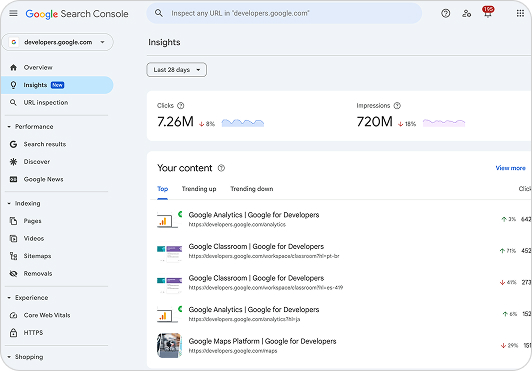
.jpg)
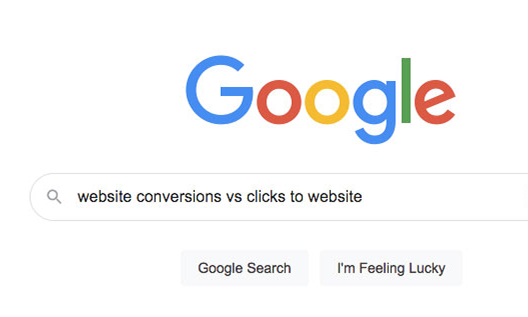
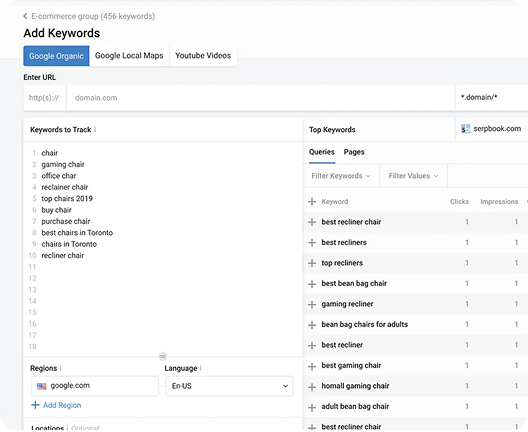
.jpg)
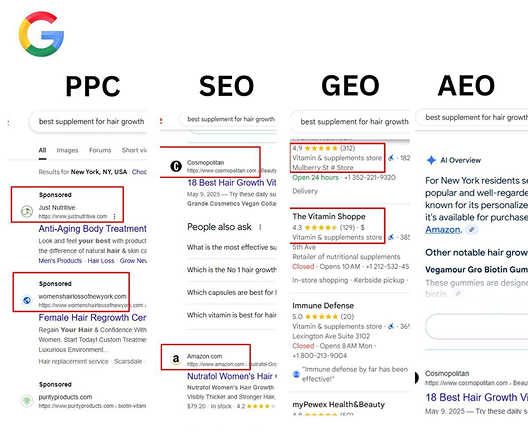
.jpg)

.jpg)

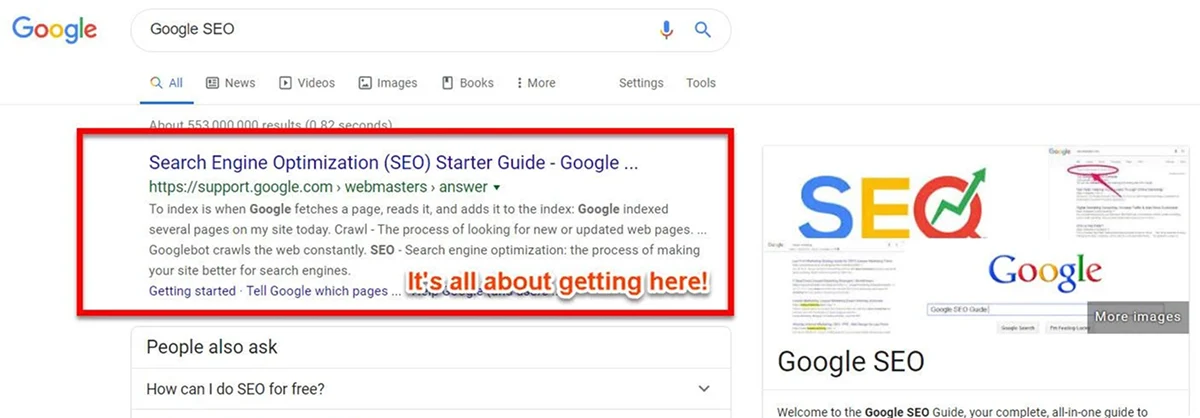

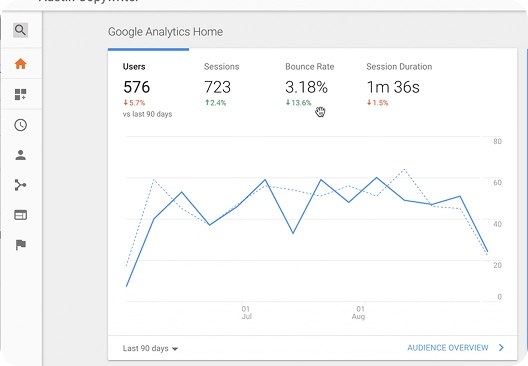


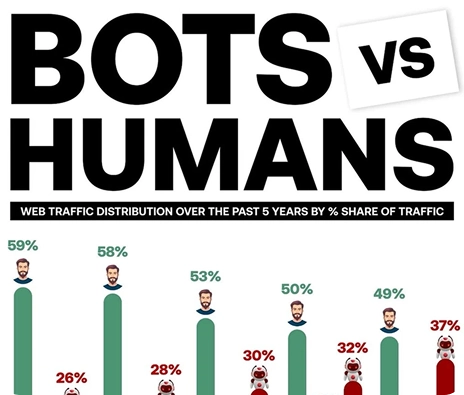


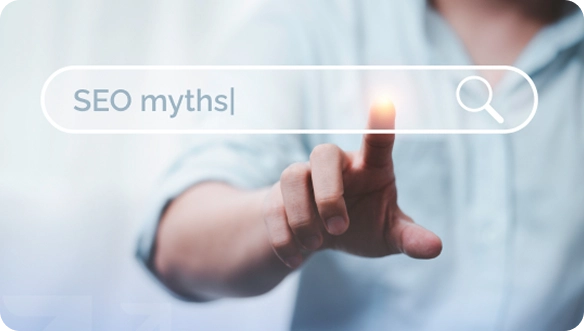






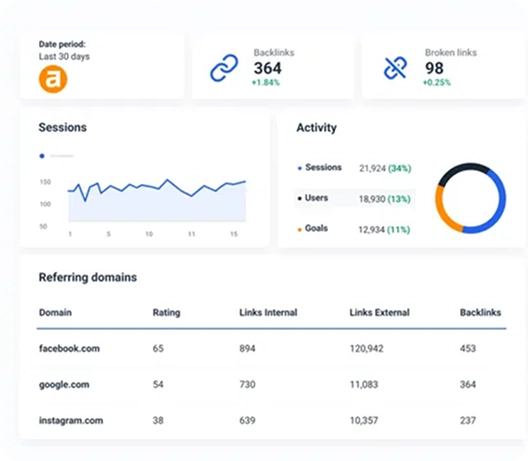
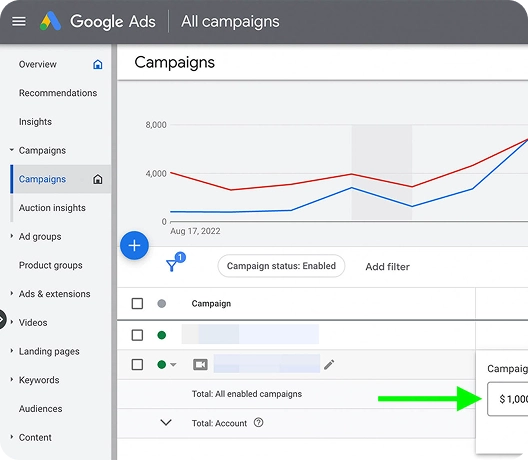


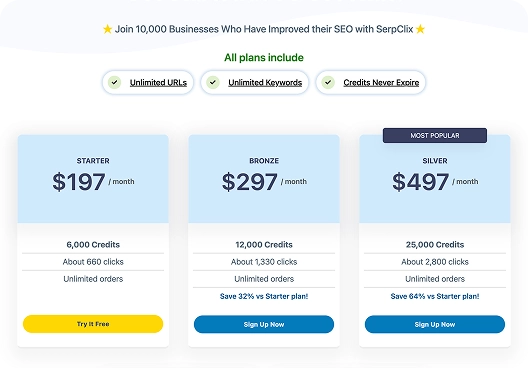

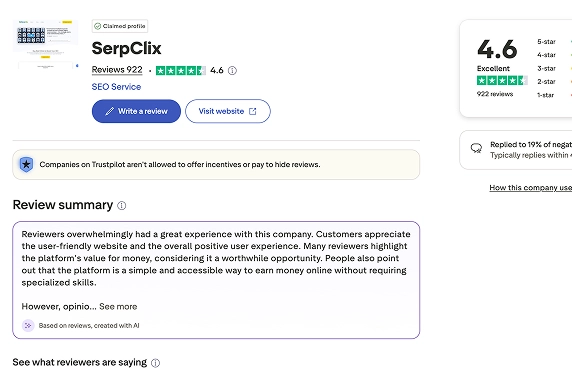

.jpg)
.jpg)
.jpg)
.jpg)
